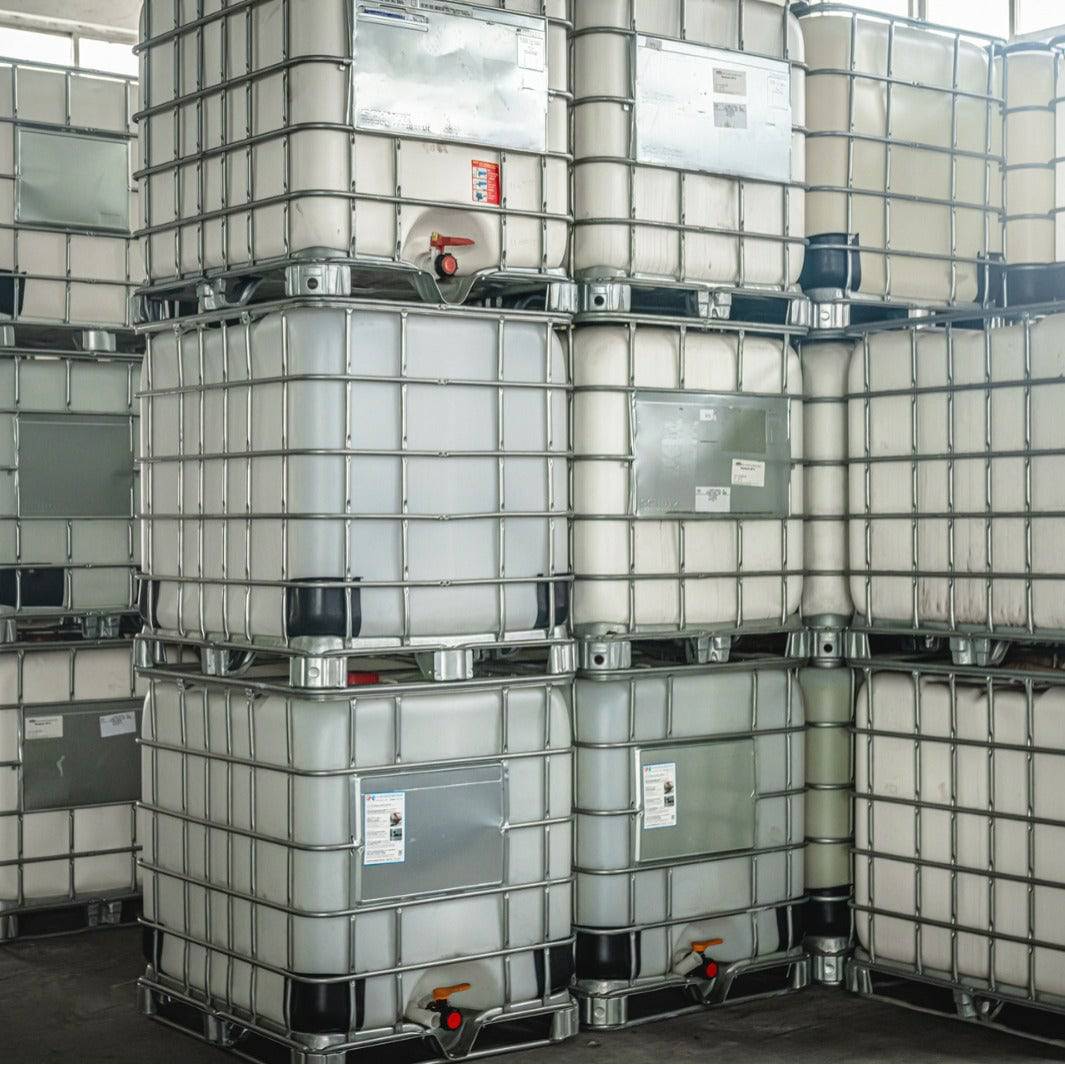Indicators on Chemie You Need To Know
Indicators on Chemie You Need To Know
Blog Article
Rumored Buzz on Chemie
Table of ContentsThe 8-Second Trick For ChemieOur Chemie PDFsOur Chemie IdeasSome Ideas on Chemie You Should Know6 Simple Techniques For ChemieThe Chemie Ideas
By Bojanna Shantheyanda, Sreya Dutta, Kevin Coscia and David SchiemerDynalene, Inc. Liquid air conditioning, which can be achieved using indirect or straight methods, is utilized in electronics applications having thermal power thickness that might exceed safe dissipation via air cooling. Indirect fluid air conditioning is where warm dissipating electronic elements are literally divided from the fluid coolant, whereas in instance of direct air conditioning, the components remain in direct call with the coolant.In indirect cooling applications the electrical conductivity can be crucial if there are leaks and/or spillage of the liquids onto the electronics. In the indirect air conditioning applications where water based fluids with deterioration preventions are generally made use of, the electric conductivity of the fluid coolant mostly depends upon the ion concentration in the fluid stream.
The rise in the ion concentration in a shut loophole liquid stream may happen because of ion seeping from steels and nonmetal elements that the coolant fluid is in call with. Throughout operation, the electrical conductivity of the liquid may raise to a degree which might be unsafe for the air conditioning system.
All about Chemie
(https://giphy.com/channel/chemie999)They are bead like polymers that can trading ions with ions in a service that it is in contact with. In the here and now job, ion leaching tests were executed with various steels and polymers in both ultrapure deionized (DI) water, i.e. water which is dealt with to the greatest levels of pureness, and reduced electric conductive ethylene glycol/water mixture, with the gauged change in conductivity reported in time.
The examples were enabled to equilibrate at area temperature level for two days prior to taping the preliminary electrical conductivity. In all tests reported in this research fluid electrical conductivity was determined to an accuracy of 1% using an Oakton CON 510/CON 6 collection meter which was calibrated prior to each dimension.
Chemie Can Be Fun For Anyone
from the wall home heating coils to the facility of the heater. The PTFE example containers were positioned in the heater when steady state temperature levels were gotten to. The examination configuration was removed from the heater every 168 hours (7 days), cooled down to space temperature with the electrical conductivity of the fluid measured.
The electric conductivity of the liquid example was kept track of for a total amount of 5000 hours (208 days). Figure 2. Schematic of the indirect shut loophole cooling experiment set up - silicone synthetic oil. Table 1. Elements made use of in the indirect shut loop cooling experiment that touch with the liquid coolant. A schematic of the speculative arrangement is shown in Number 2.

Chemie for Beginners
Throughout procedure the liquid storage tank temperature level was kept at 34C. The adjustment in liquid electric conductivity was kept an eye on for 136 hours. The liquid from the system was accumulated and saved. Likewise, shut loophole examination with ion exchange resin was executed with the same cleaning procedures employed. The preliminary electrical conductivity of the 230ml UP-H2O in the system measured 1.84 S/cm.

0.1 g of Dowex resin was added to 100g of liquid examples that was absorbed a separate container. The mix was stirred and alter in the electric conductivity at room temperature level was determined every hour. The gauged modification in the electrical conductivity of the UP-H2O and EG-LC examination liquids including polymer or metal when immersed for 5,000 hours at 80C is shown Figure 3.
The 7-Second Trick For Chemie
Ion seeping experiment: Calculated modification in electric conductivity of water and EG-LC coolants containing either polymer or metal examples when submersed for 5,000 hours at 80C. The results show that steels added less ions into the liquids than plastics in both UP-H2O and EG-LC based coolants.
Liquids consisting of polypropylene and HDPE exhibited the least expensive electric conductivity changes. This might be because of the brief, inflexible, linear chains which are less most likely to add ions than longer branched chains with weaker intermolecular forces. Silicone likewise performed well in both examination fluids, as polysiloxanes are usually chemically inert because of the high bond energy of the silicon-oxygen bond which would certainly protect against destruction of the product right into the liquid.
Some Known Factual Statements About Chemie
It would be anticipated that PVC would produce comparable results to those of PTFE and HDPE based upon the comparable chemical structures of the products, nevertheless there might be other pollutants present in the PVC, such as plasticizers, that might affect the electrical conductivity of the fluid - immersion cooling liquid. Furthermore, chloride groups in PVC can also leach into the examination liquid and can create a rise in electric conductivity
Buna-N rubber and polyurethane revealed signs of deterioration and thermal disintegration which recommends that their feasible energy as a gasket or glue material at greater temperature levels could cause application issues. Polyurethane completely disintegrated right into the examination liquid by the end of 5000 hour examination. Number 4. Prior to and after photos of steel and polymer samples submersed for 5,000 hours at 80C in the ion seeping experiment.
Calculated change in the electrical conductivity of UP-H2O coolant as a feature of time with and without resin cartridge in the closed indirect air conditioning loop experiment. The gauged modification in electrical conductivity of the UP-H2O for 136 hours with and without ion exchange material in the loop is displayed in Number 5.
Report this page